7 Effective Ways to Fix Blurry Samsung TV Screens
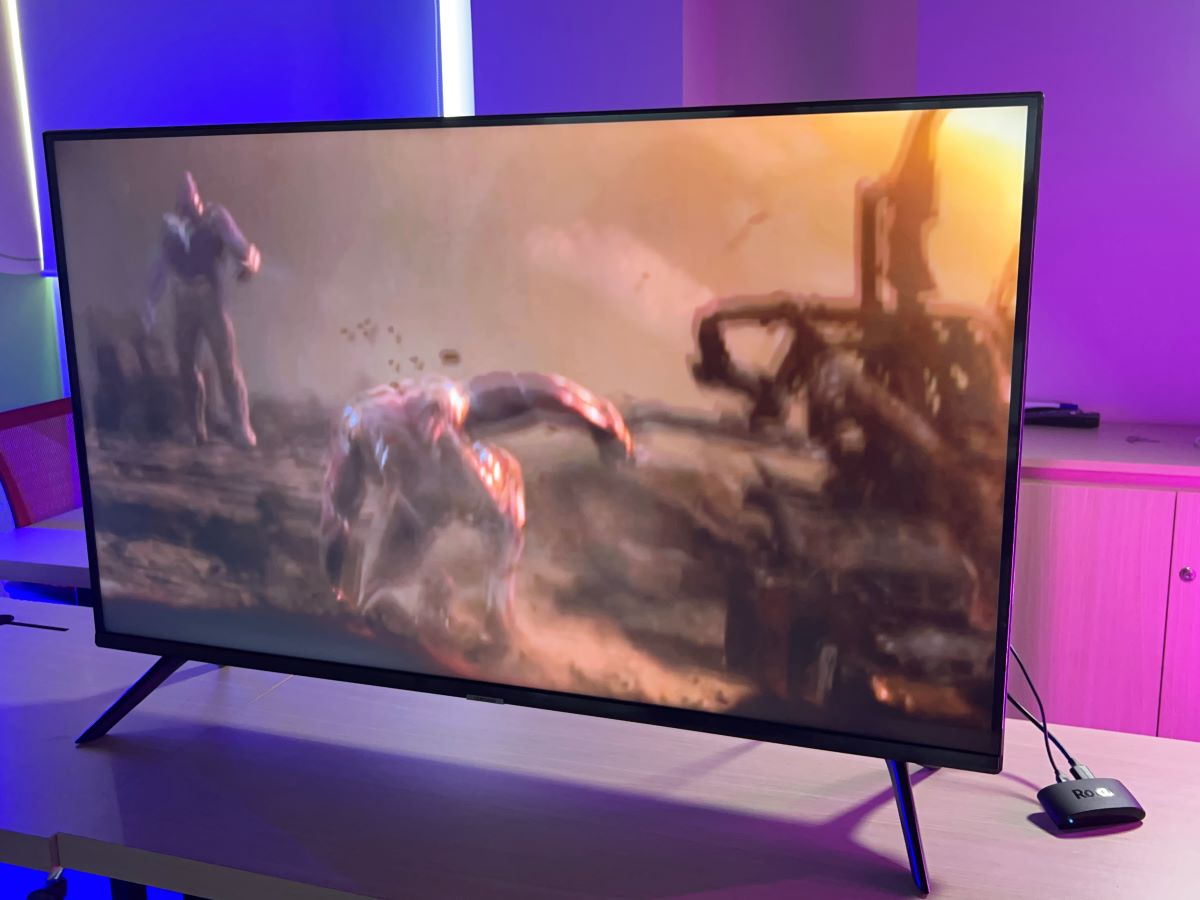
How To Fix
- To fix a blurred bar on your Samsung TV, unplug all cables, wait a few minutes, then reconnect them for a simple display realignment.
- Reduce blurriness caused by the ‘soap opera effect‘ by turning off the Motion Smoothing feature in the TV’s picture settings.
- Regularly update your Samsung TV’s firmware to address potential blurriness issues, as software updates often include fixes for such problems.
In this article, I’ll share seven effective methods to resolve blurriness on your Samsung TV.
I have personally tested these solutions, ensuring that they are practical and applicable to your Samsung TV.
So, without further ado, let’s dive into these proven fixes.
Quick Fixes You Can Try First
Run TV screen diagnosis: Conducting a screen diagnosis on your Samsung TV can help you determine whether the blurriness is originating from the TV itself or from an externally connected device.
Here’s how you can do it: Go to Settings → Support → Device Care → Start Device Care → wait for a few seconds and you will know if your TV is actually blurry or not. If the TV is blurry select “The screen is blurry or the color looks strange” to reset the settings back to default.
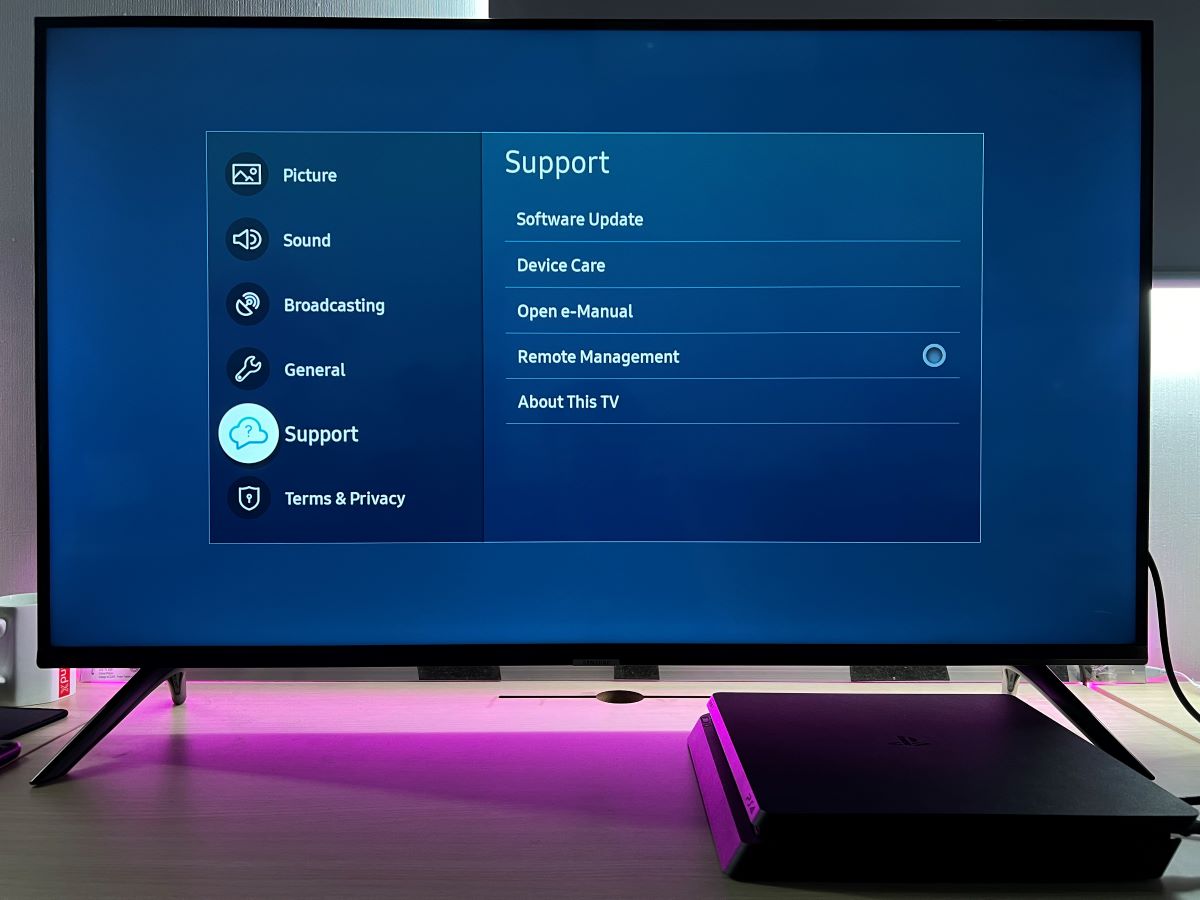
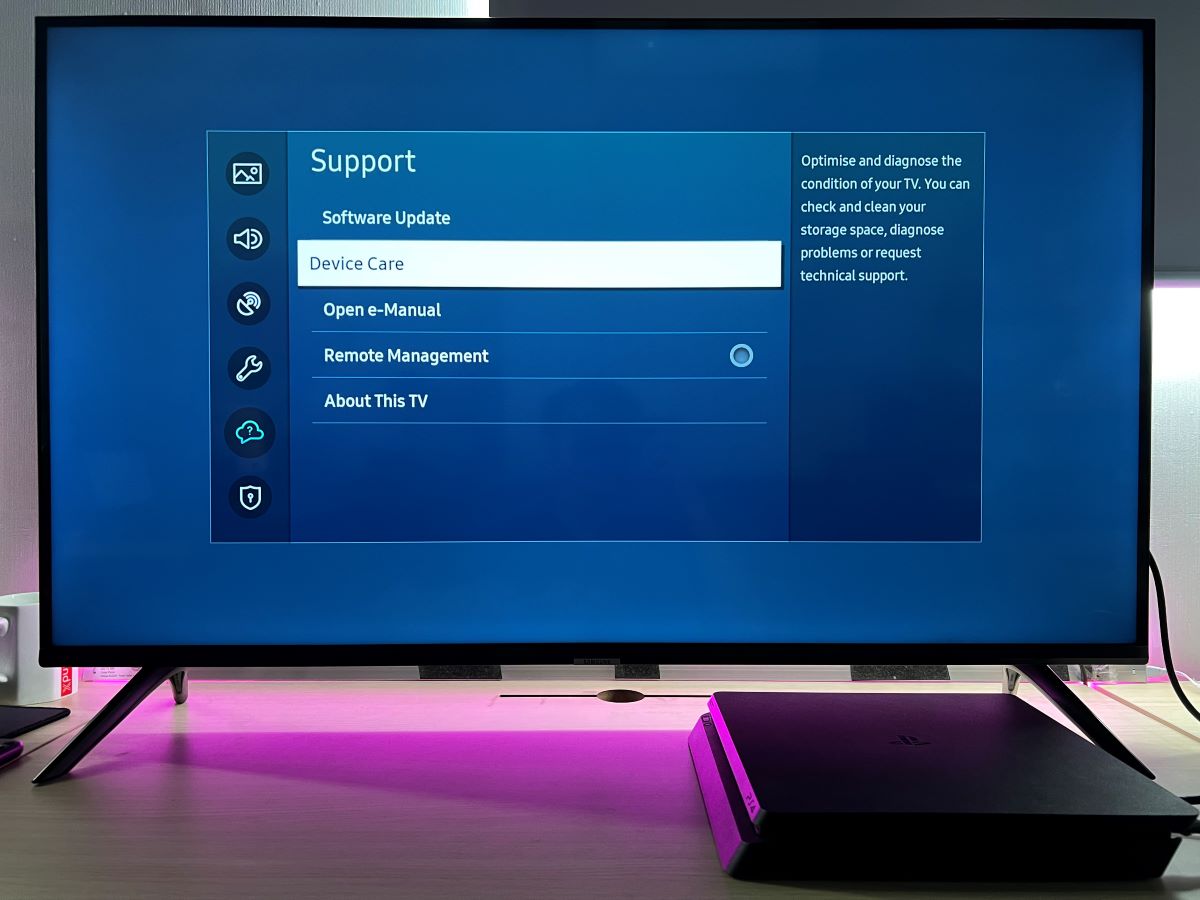
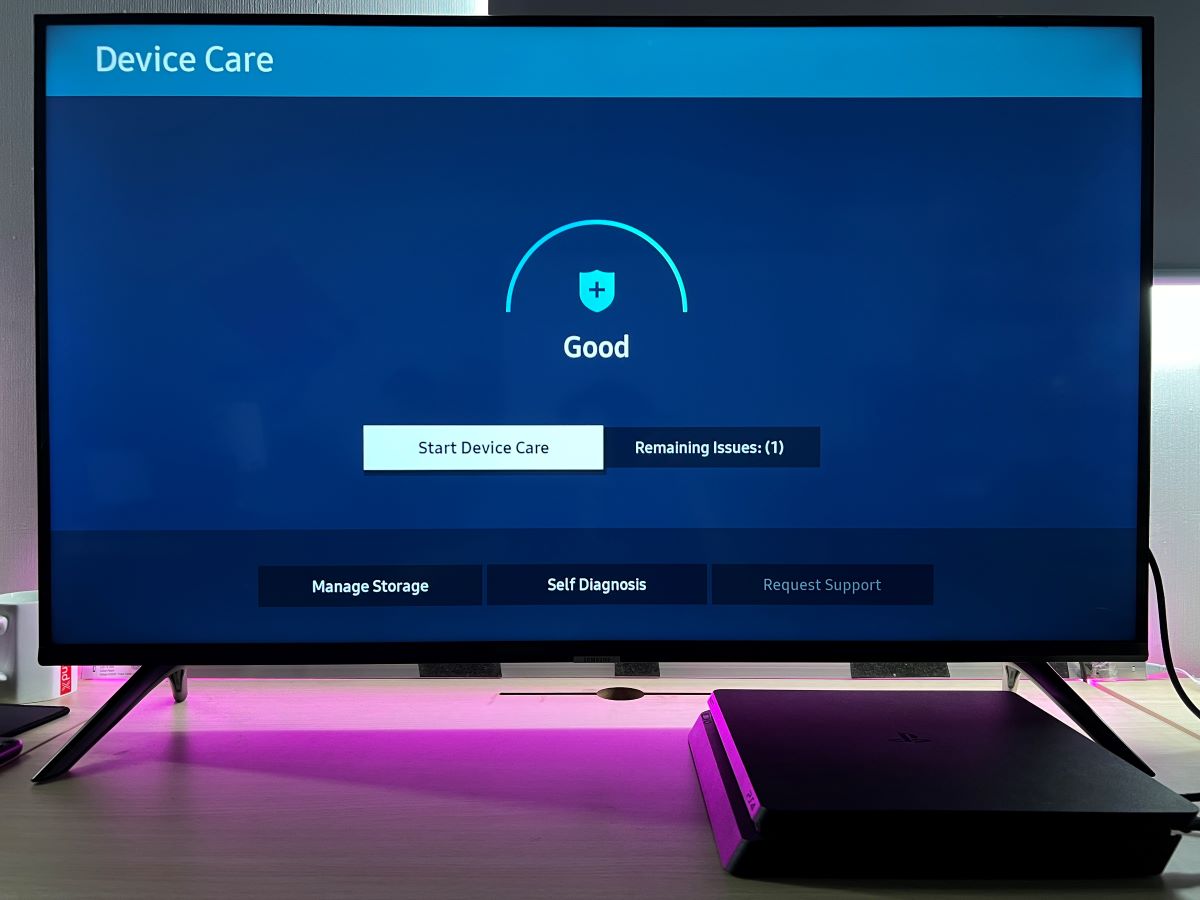
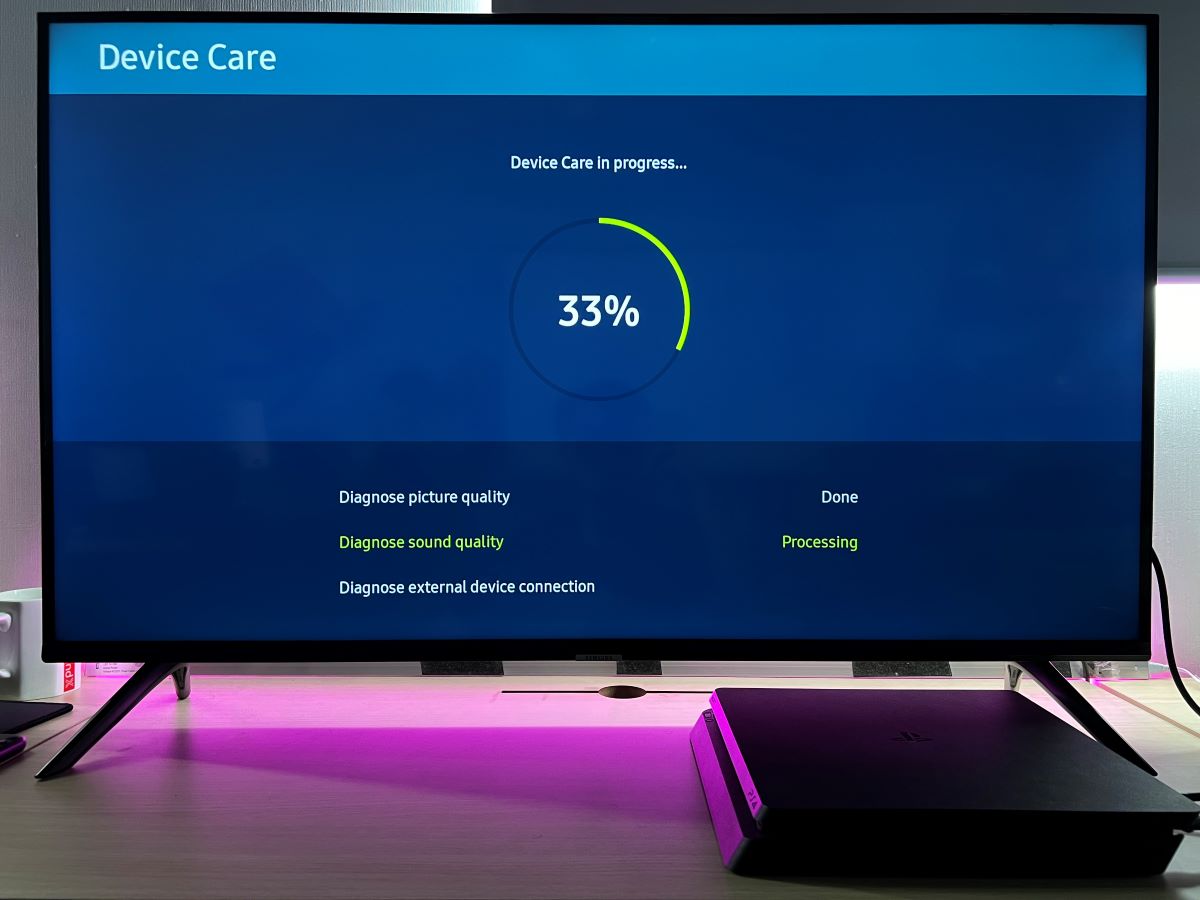
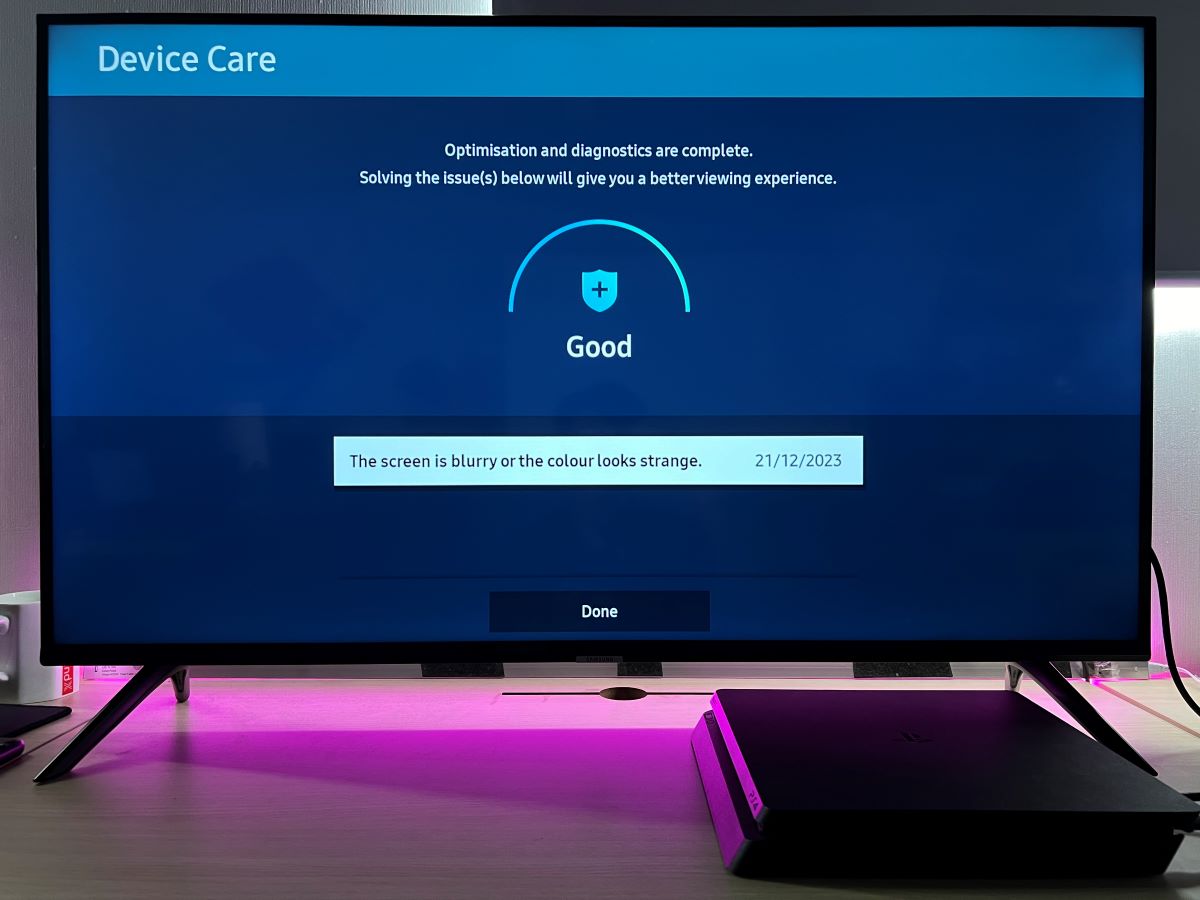
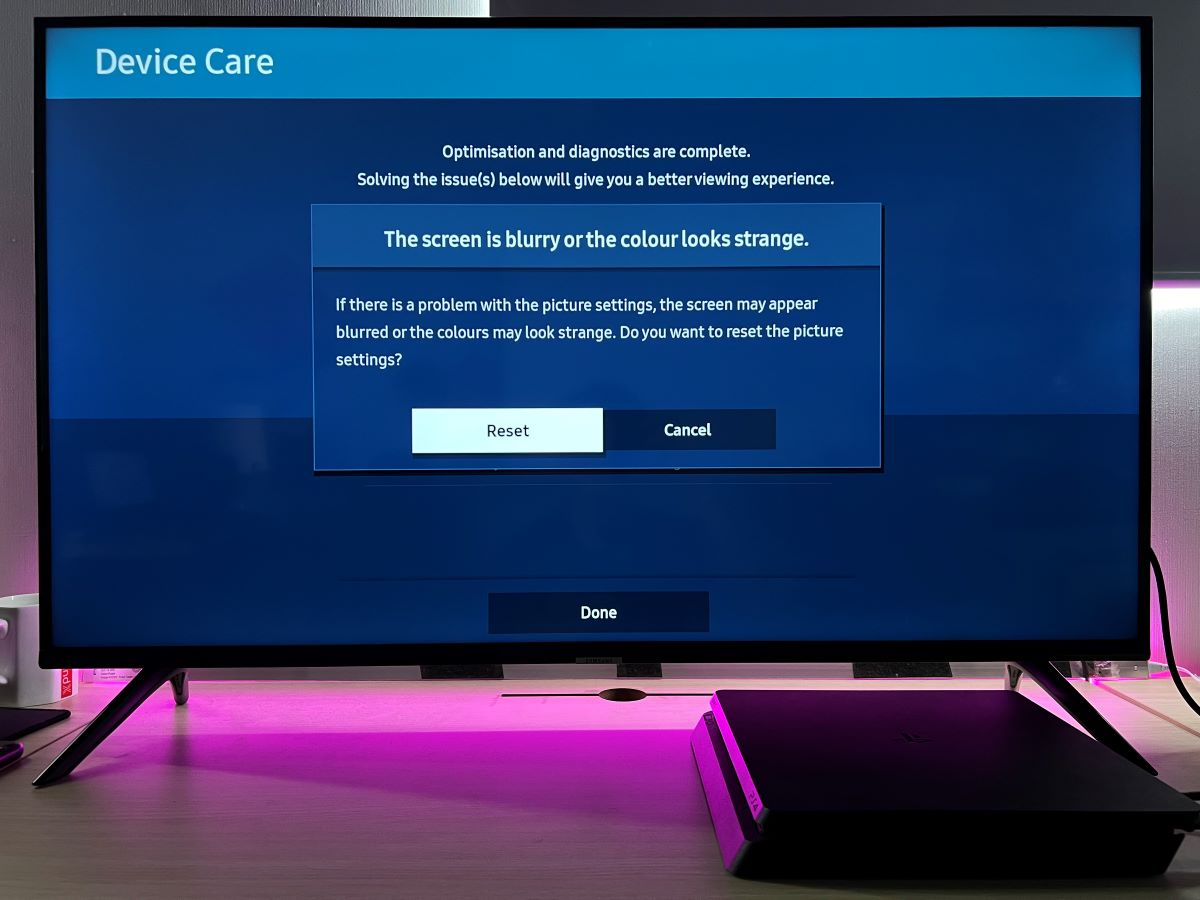
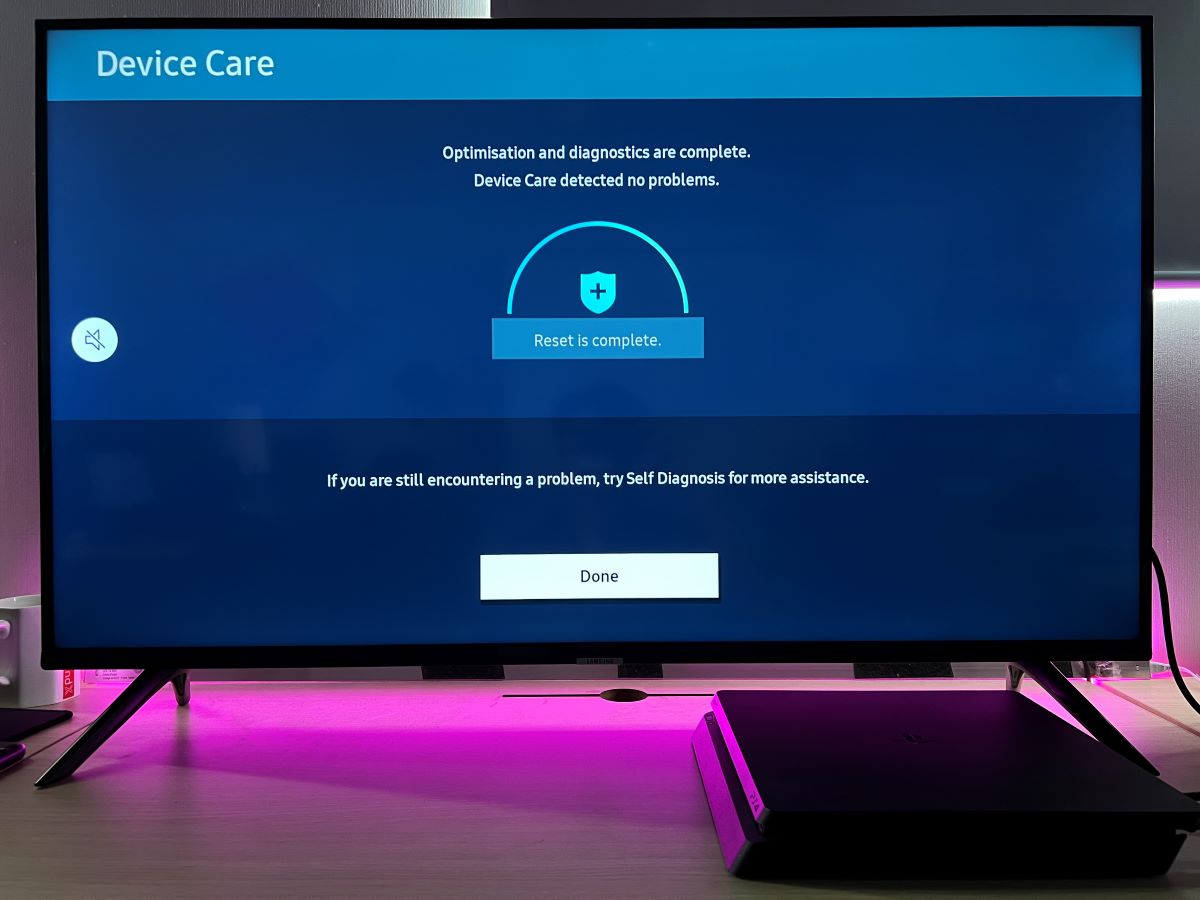
Factory Reset: Performing a factory reset, which restores all the settings of your TV to their original state, is another solution worth considering, especially if you’re experiencing persistent problems like blurriness.
Be aware that the factory reset will erase all customized settings and return your TV to its default state.
If the quick fixes above do not solve your issue, trying our additional solutions below is guaranteed to fix the blurriness in your Samsung TV.
Effective Solutions to Fix Samsung TV Blurry
1. The Blurred Bar on the Left of the TV
This simple yet effective method, endorsed by a moderator in the Samsung community, has helped many users.
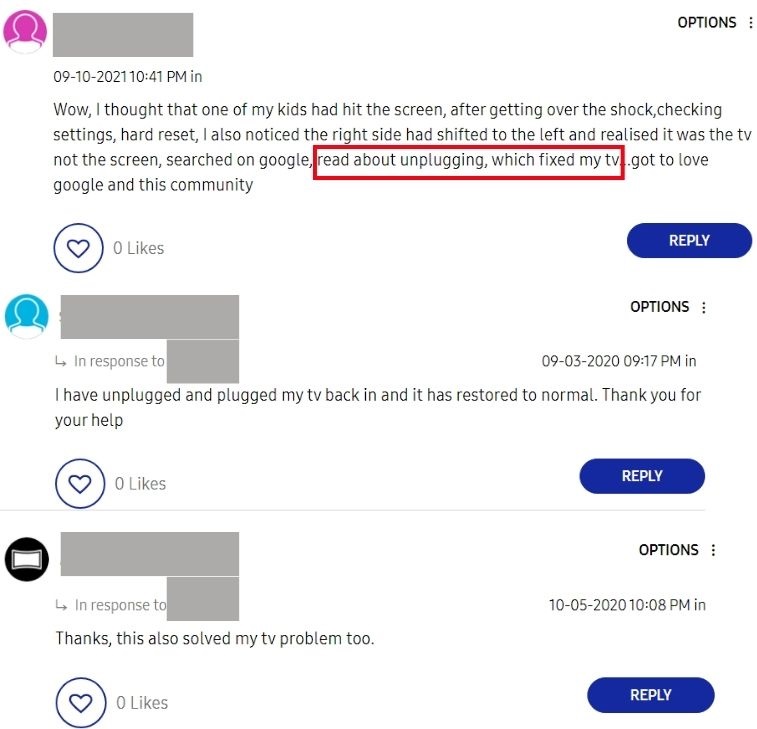
Follow these steps to resolve the issue:
Step 1: Ensure your TV is turned off for safety. Then, unplug all cables from the TV, including the power cable.
Step 2: Let the TV and cables rest for about 2 minutes. This brief period allows any residual power to dissipate and reset the internal components.
Step 3: Reconnect all the cables firmly and turn the TV back on.
After following the above steps, check if the blurriness on the side of your screen has been resolved. If the issue continues, it might suggest a more complex problem.
In that case, consider trying the additional solutions outlined in the next sections.
2. Soap Opera Effect (Motion Blur)
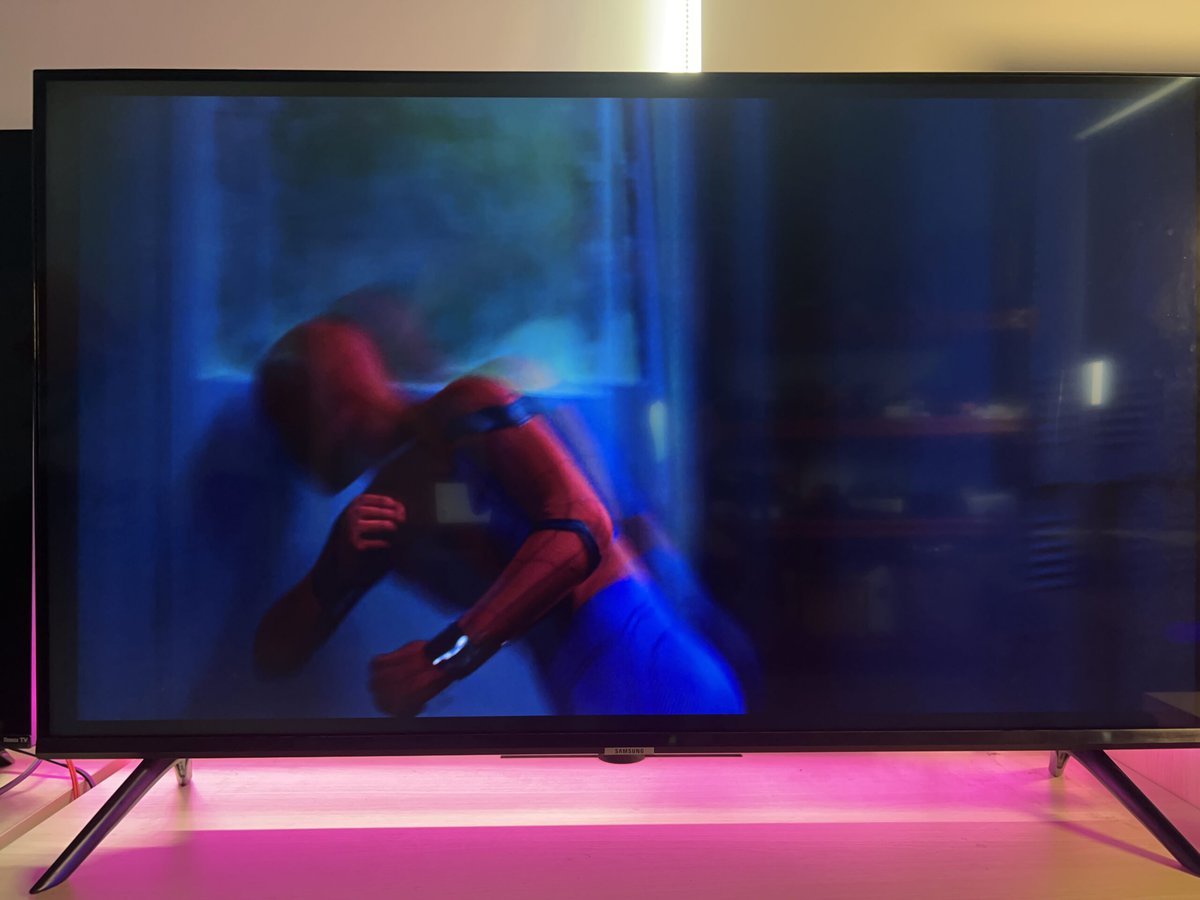
A common issue in many Samsung TVs, and other brands as well, is the motion blur effect, often referred to as the soap opera effect.
The motion blur problem typically arises from the motion smoothing feature enabled on your TV.
When you watch movies, which are usually shot at 24 frames per second (fps), your TV’s motion smoothing feature might artificially increase this to 60 fps by adding extra frames.
However, these frames aren’t part of the original film and are generated by your TV, which can create an unnatural ‘soap opera’ appearance.
For a clearer understanding, you can watch the detailed video
Even celebrities like Tom Cruise and Christopher McQuarrie, the producer of Top Gun: Maverick, have recommended turning off motion smoothing for an optimal movie-watching experience on your Samsung TV.
Here is how to turn Motion Smoothing on your Samsung TV
Step 1: Head to Settings → Picture → Expert Settings.
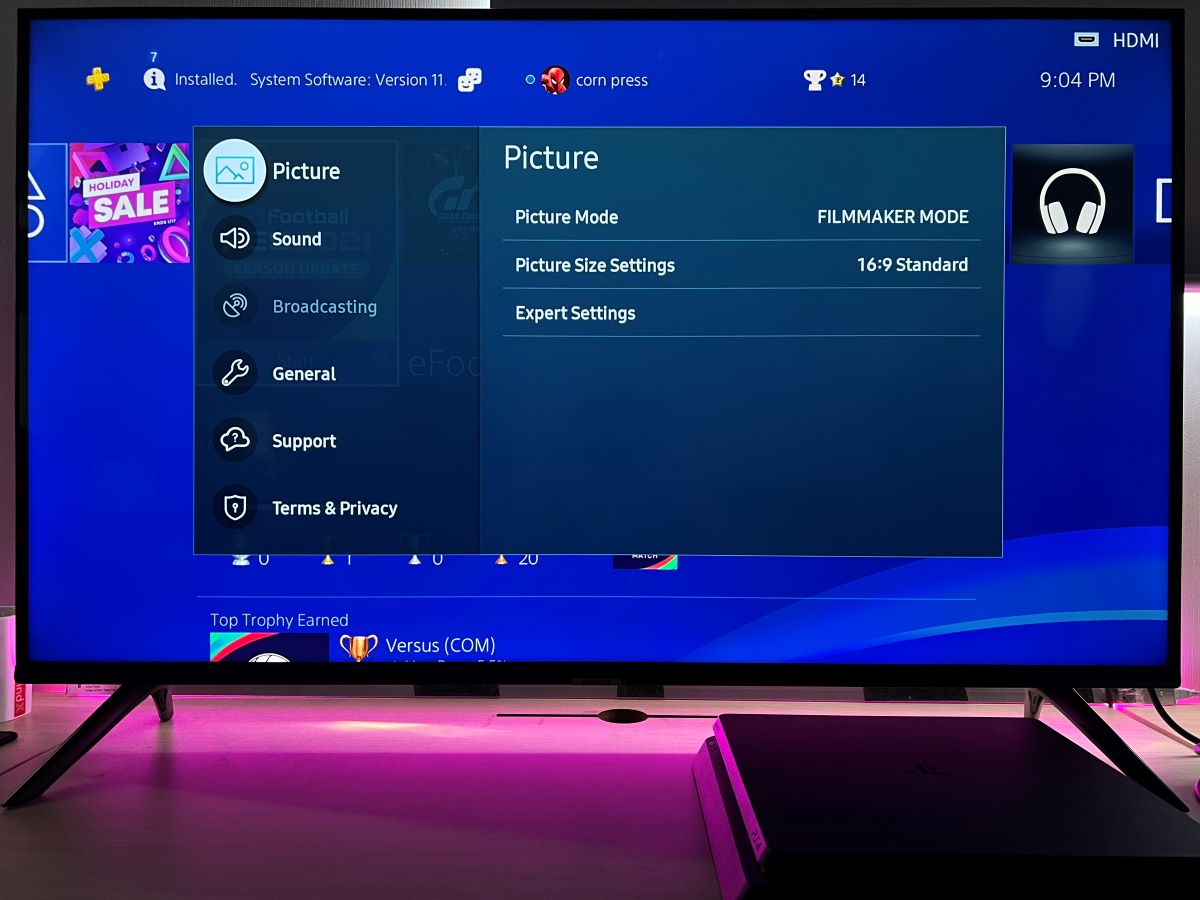
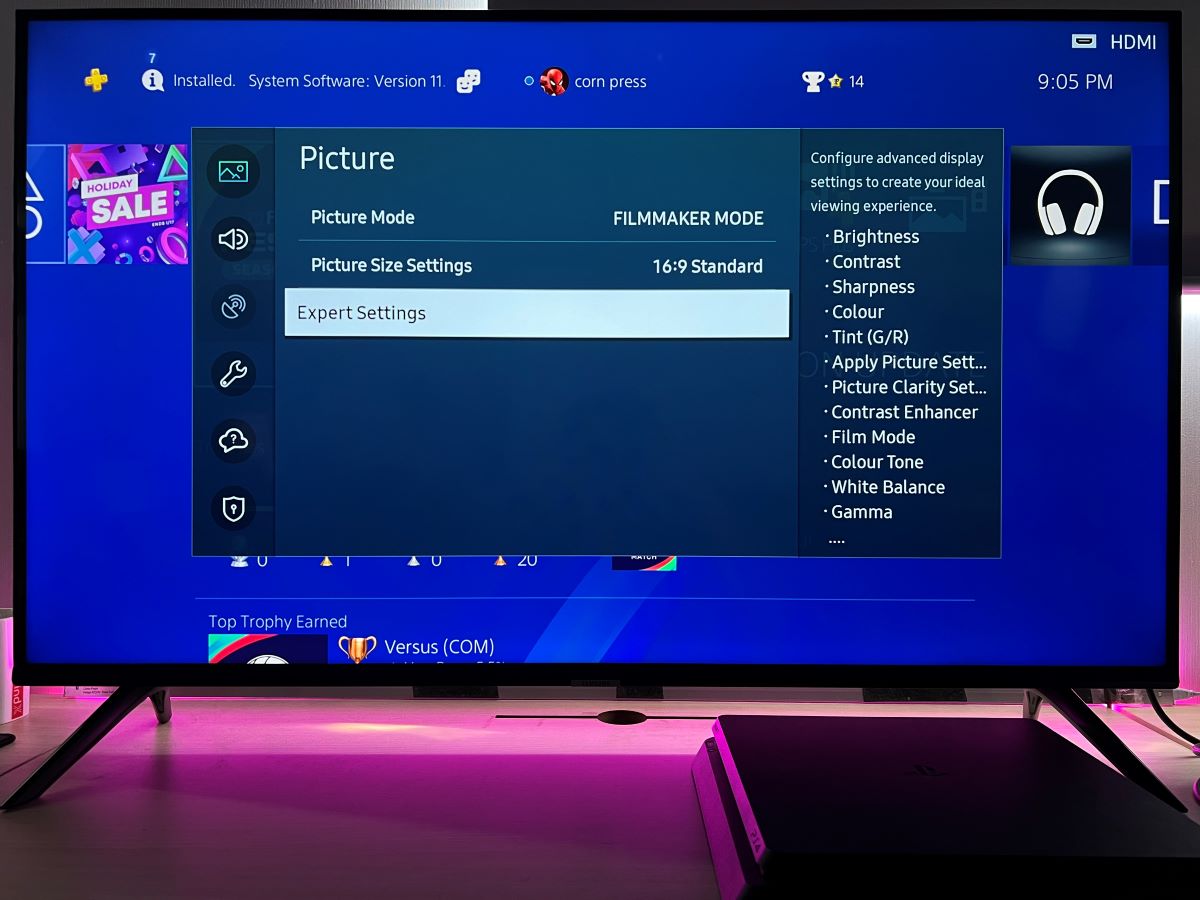
Step 2: Locate the Motion Smoothing feature, which may be named differently depending on your model. For example, on my Samsung UA43AU7002KXXV, it’s called Picture Clarity Settings. On many models, it’s known as Auto Motion Plus. Simply turn off this feature.
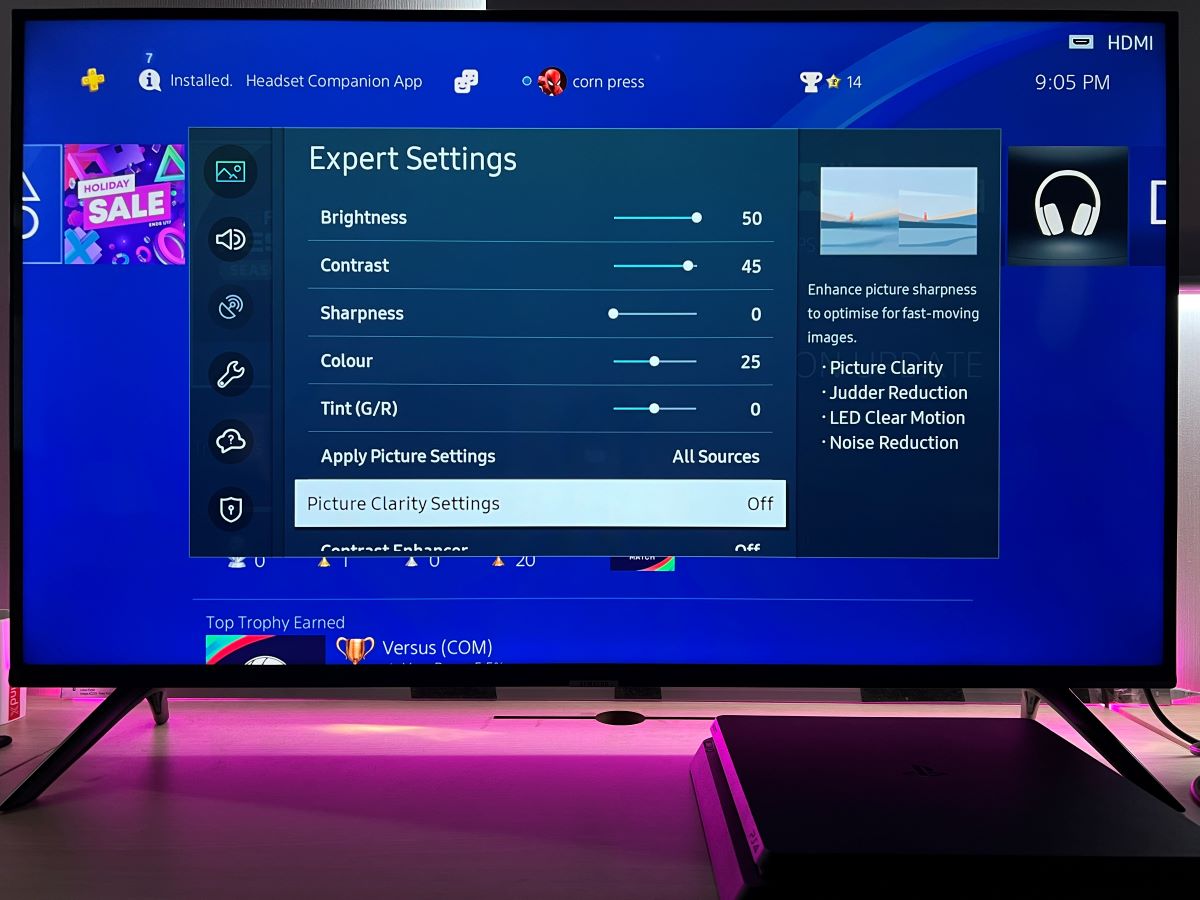
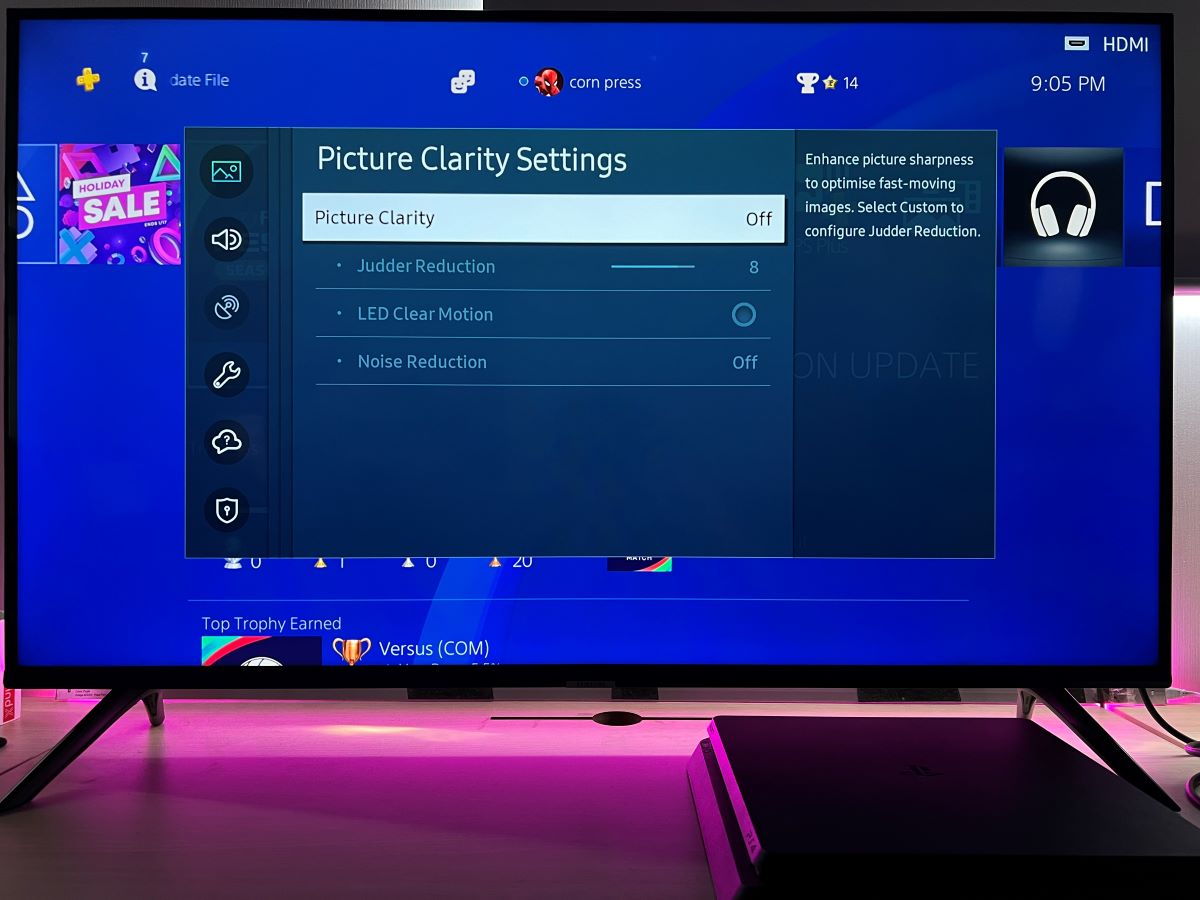
3. Resolution Mismatch
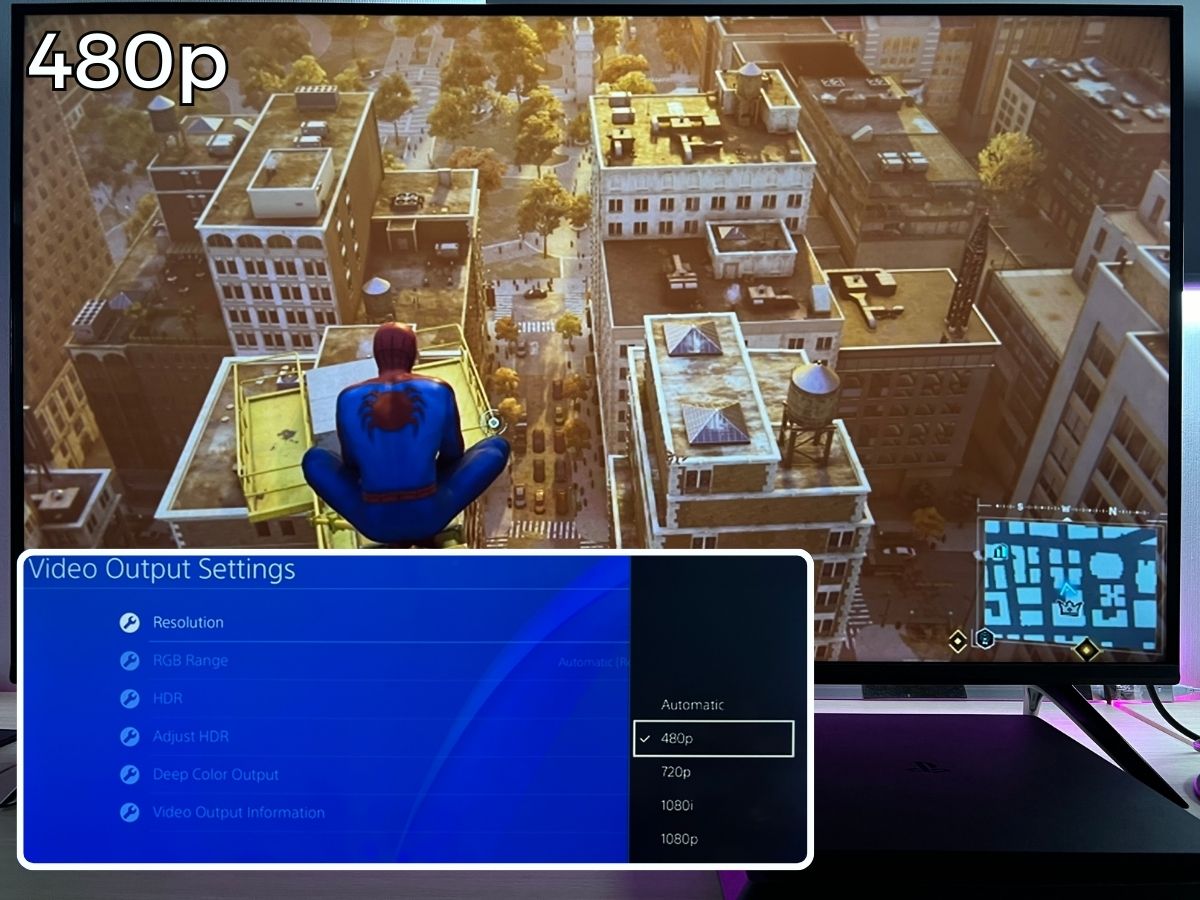
If your Samsung TV is a 4K panel and the content being played is lower resolution, the visuals may appear blurry.
One of the reasons a 4K TV looks great in the showroom but feels underwhelming is the source content.
The video demos stores use are stored in Blu-ray discs or DVDs. The video quality, therefore, is extremely high, and the images are sharp.
Your HDTV stretches out the low-res content to fit the display—the phenomenon referred to as “4K upscaling.”
Another option is to affect the upscaling at the source device level—for instance, a gaming console, cable box, streaming player, etc.
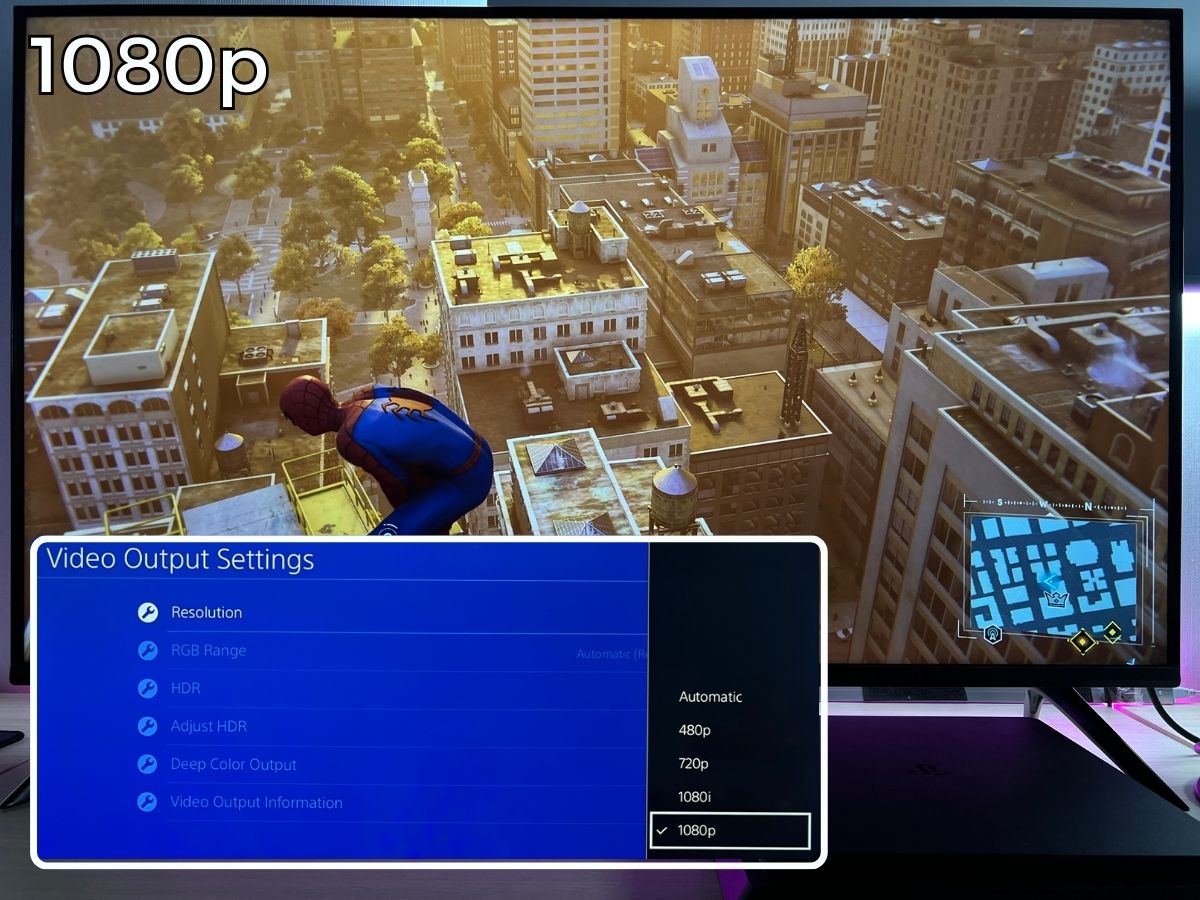
In other words, set the connected or input device’s output resolution to coincide with the native resolution of your TV.
If using a streaming service, head to the app’s picture settings and set the bandwidth usage preferences and video quality that matches your Samsung TV.
Although 4K is very close to becoming mainstream, not all streaming apps have come on board—at least not all of their content is recorded in 4K.
To confirm the blurriness is due to the source content, play a high-quality 4K video. If the problem persists, keep looking for other possible causes.
4. The TV’s Picture Settings Could Be Wrong
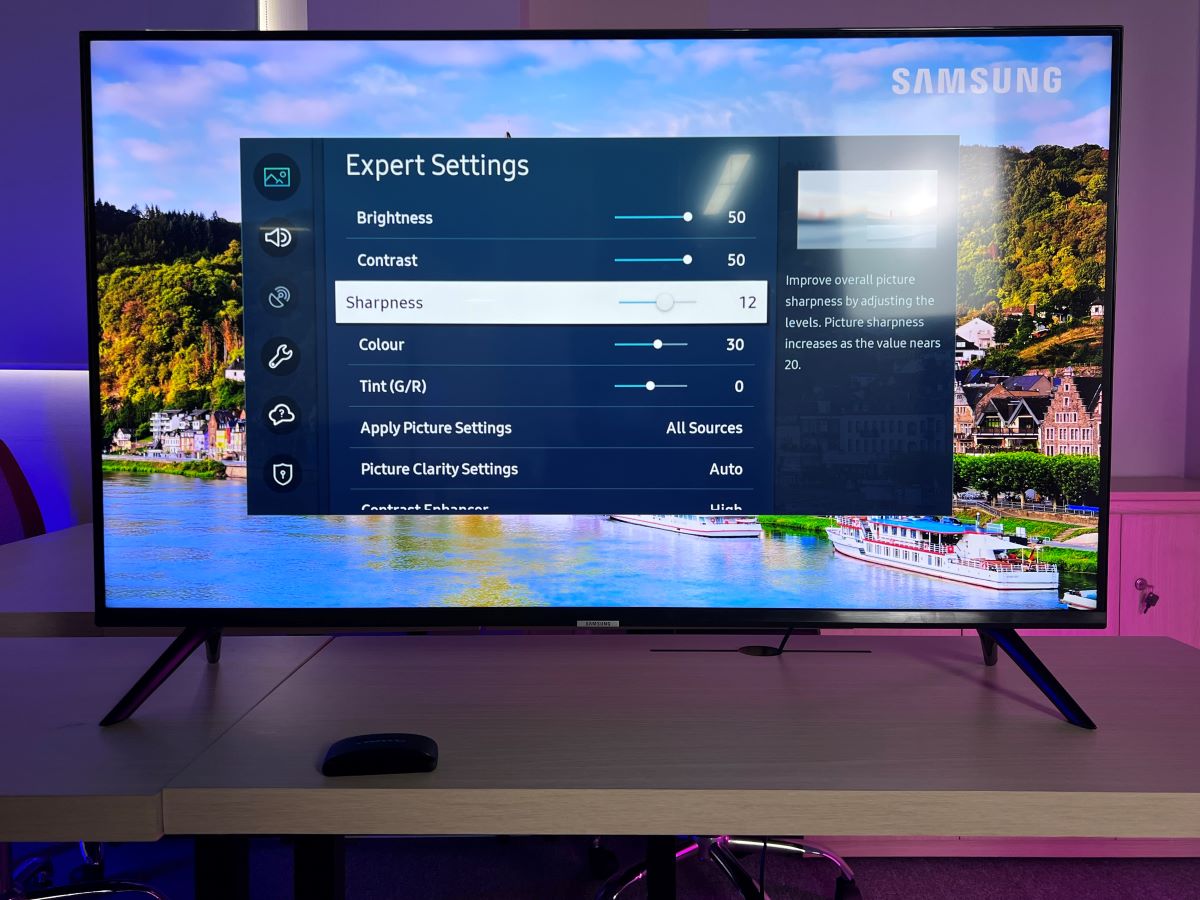
The default picture settings generally serve the purpose, but they may sometimes falter.
For instance, the picture mode may not be suitable for the content played.
The brightness, contrast, color, and sharpness levels may not be set to ideal too, which could vary with the ambient setting.
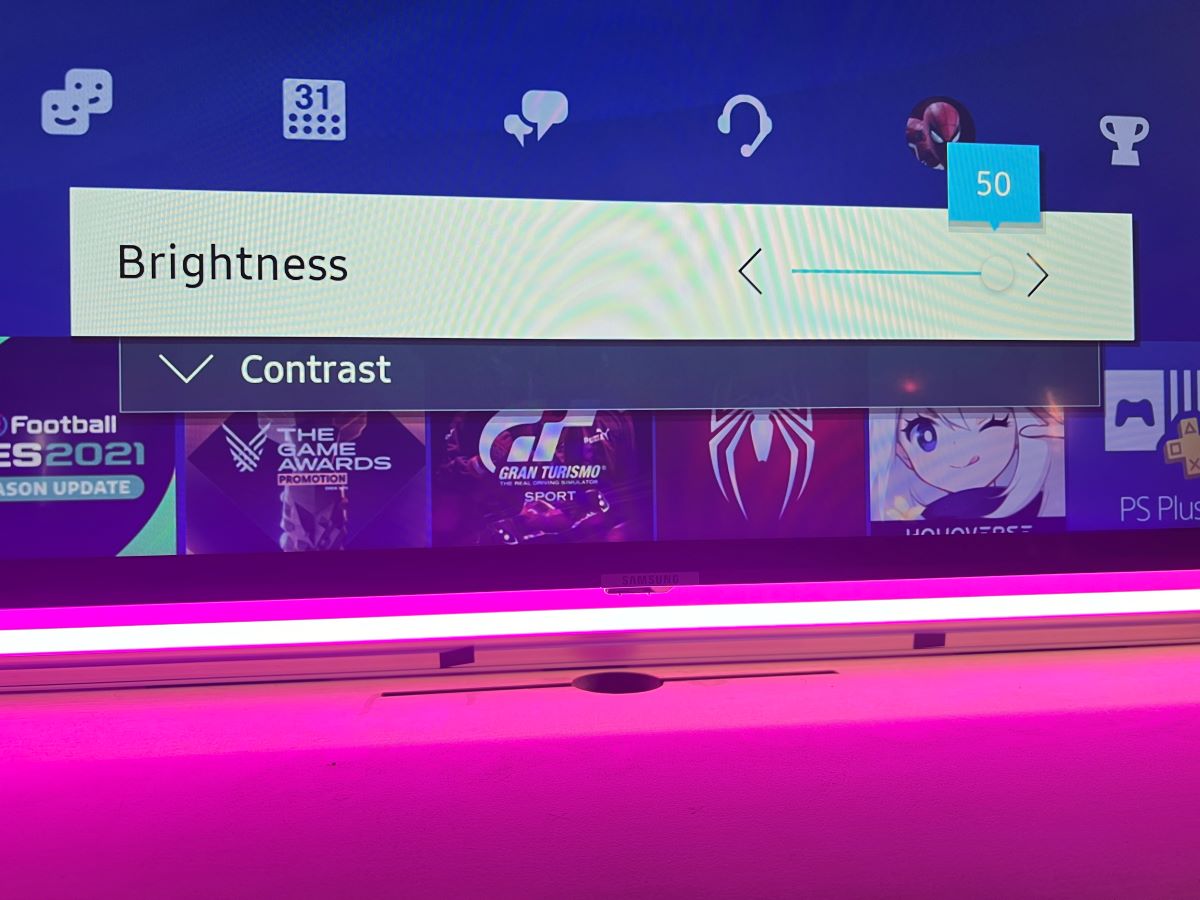
For instance, individual image settings for a dark room will not be identical to a natural or artificial light environment.
Although the above picture settings don’t directly contribute to blurriness, they could indirectly impact the final visuals.
For more detailed guidance, we have an article on the Best Picture Settings for a Samsung TV. If you’re interested, click on the link to explore further.
5. Internet May Not Be Speedy Enough
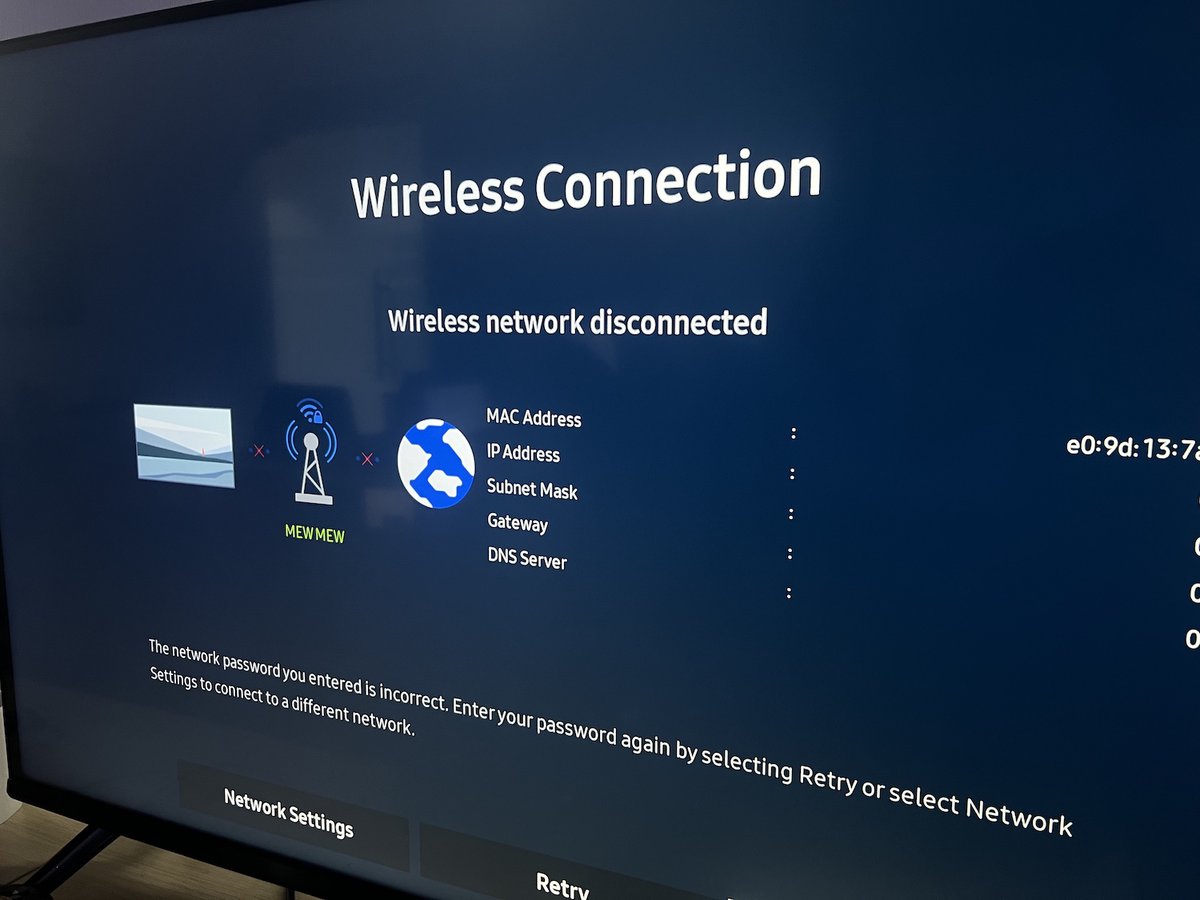
If you stream content on your 4K TV, particularly high-res 4K videos, ensure your Wi-Fi has adequate bandwidth for the task.
If the internet is slow, the stream will usually buffer. In some cases, however, the resolution will drop, resulting in pixelated visuals.
Most live TV broadcasts are in HD or Full HD. The network should have no problems streaming 720p or 1080p content if you’ve got faster internet than the average household.
But some shows are available in 4K, and some internet connections could struggle to stream them. In such scenarios, the live broadcast drops the resolution, which could result in blotchy or blurred visuals.
Do note that the various video resolutions have varied quality bitrates.
That means even if you could be streaming at 4K, for example, there could be fuzziness, blurring, or other visual artifacts if the bitrate is low.
6. HDMI Could Be an Issue
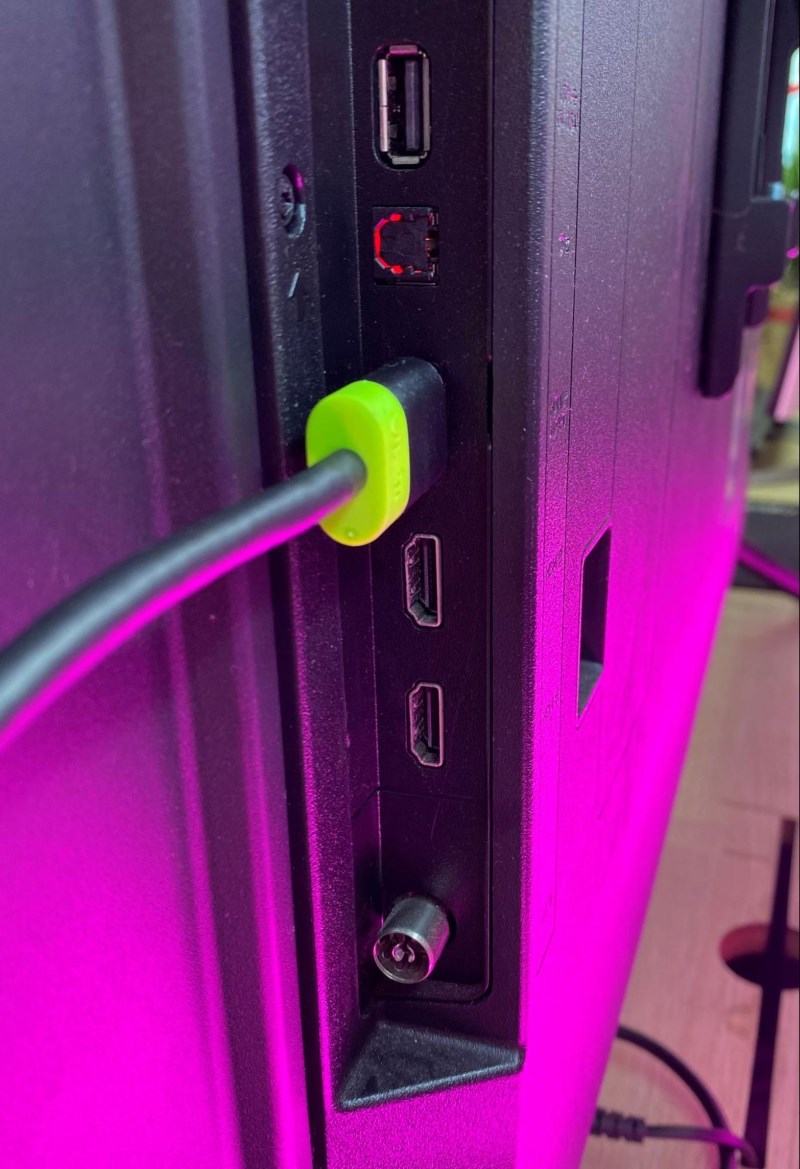
Generally, the HDMI standard does an excellent job of transmitting audio and video signals.
The interface is backward-compatible, meaning no special cables or connectors are needed for specific versions.
However, despite being digital, the connection sometimes may not work correctly.
Image degradation happens if the total electrical damage or interference to a port or cable is beyond a specific threshold. Bad cables or ports causing image artifacts are not unheard of.
Using another HDMI cable or port on your Samsung TV can help fix the blurriness or fuzziness if the port or cable is indeed defective.
If your Samsung TV comes with an HDMI cable bundled in its box, use the particular cord, not leaving anything to conjecture.
7. Update to The New Firmware
Occasionally, blurriness issues on your Samsung TV can be resolved by updating the firmware – a solution also recommended by Samsung. Firmware updates often include fixes for common problems and enhancements to improve your TV’s performance.
To update your Samsung TV’s firmware, follow these steps: Navigate to Settings → Support → Software Update → select Update Now.

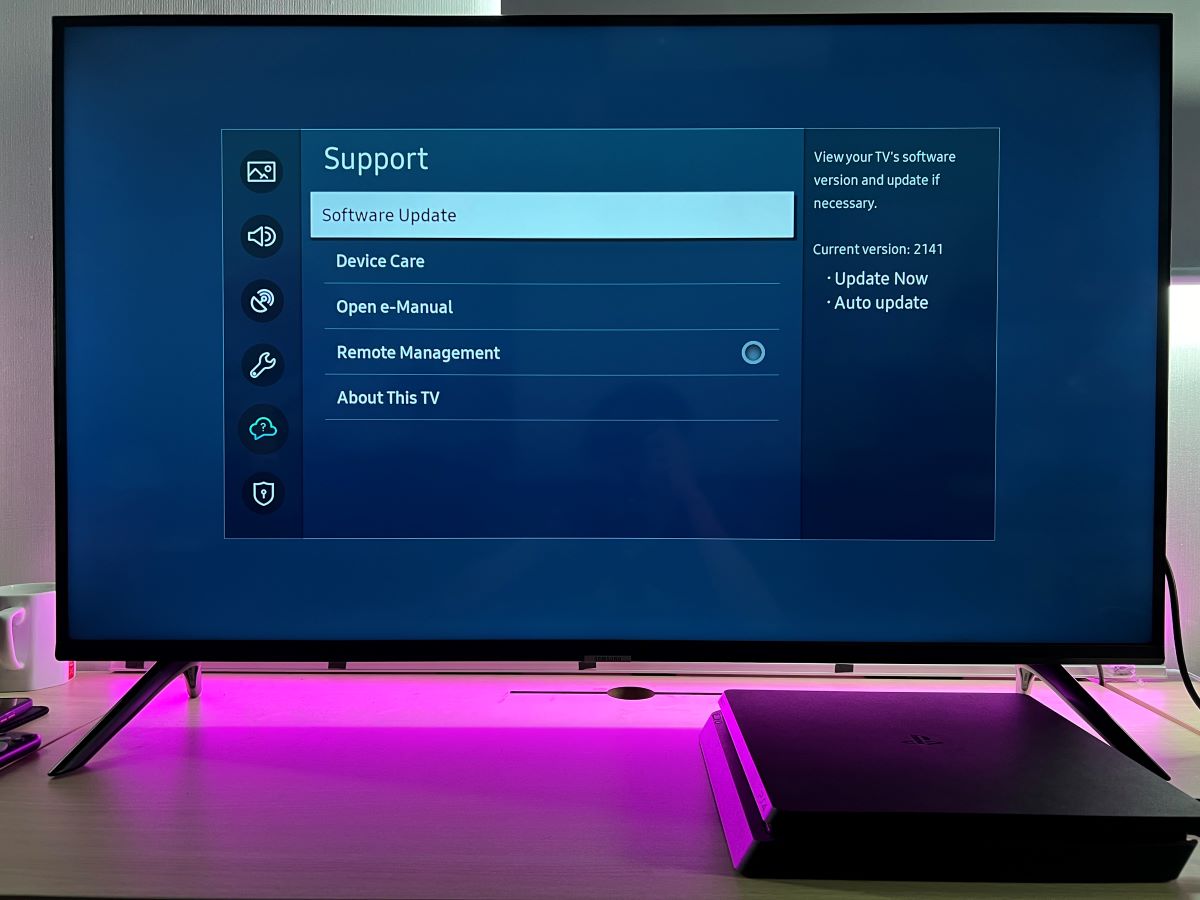
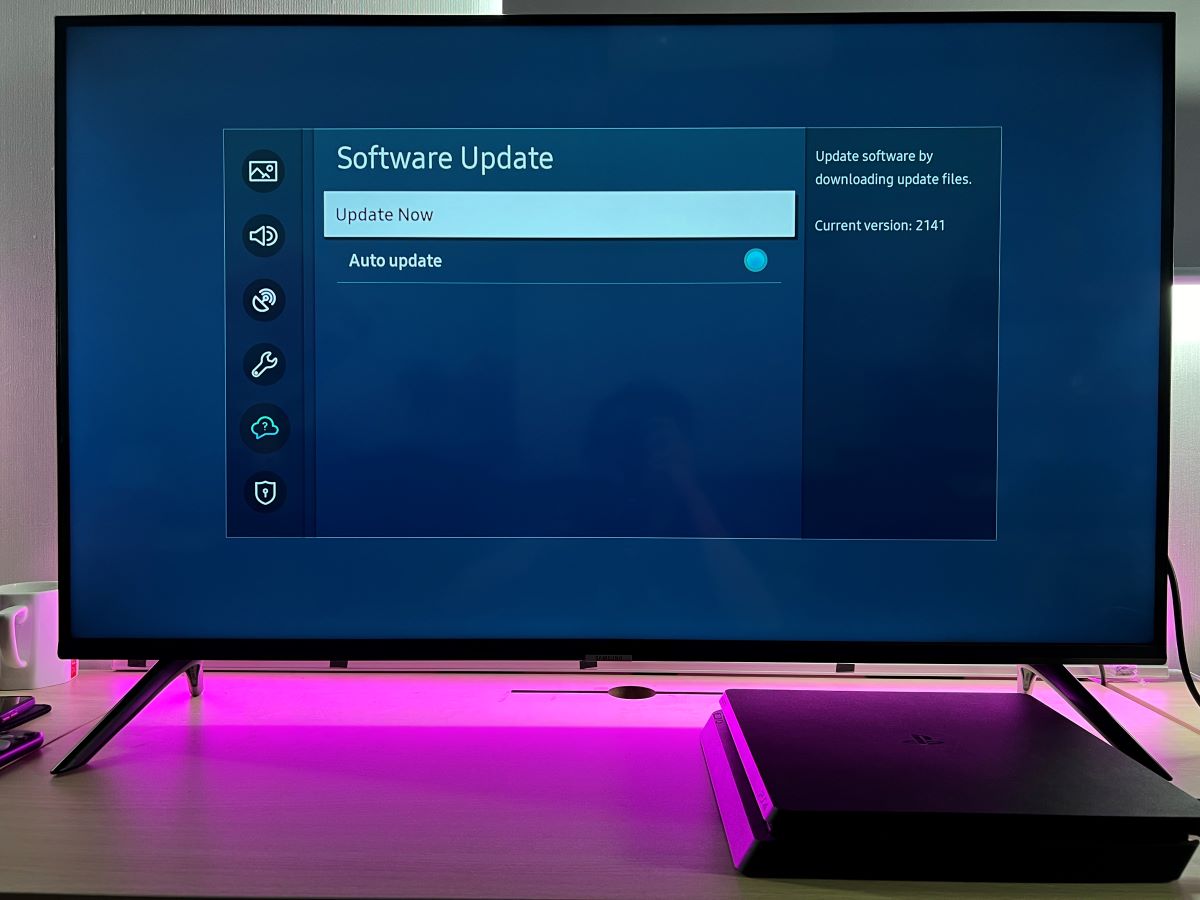
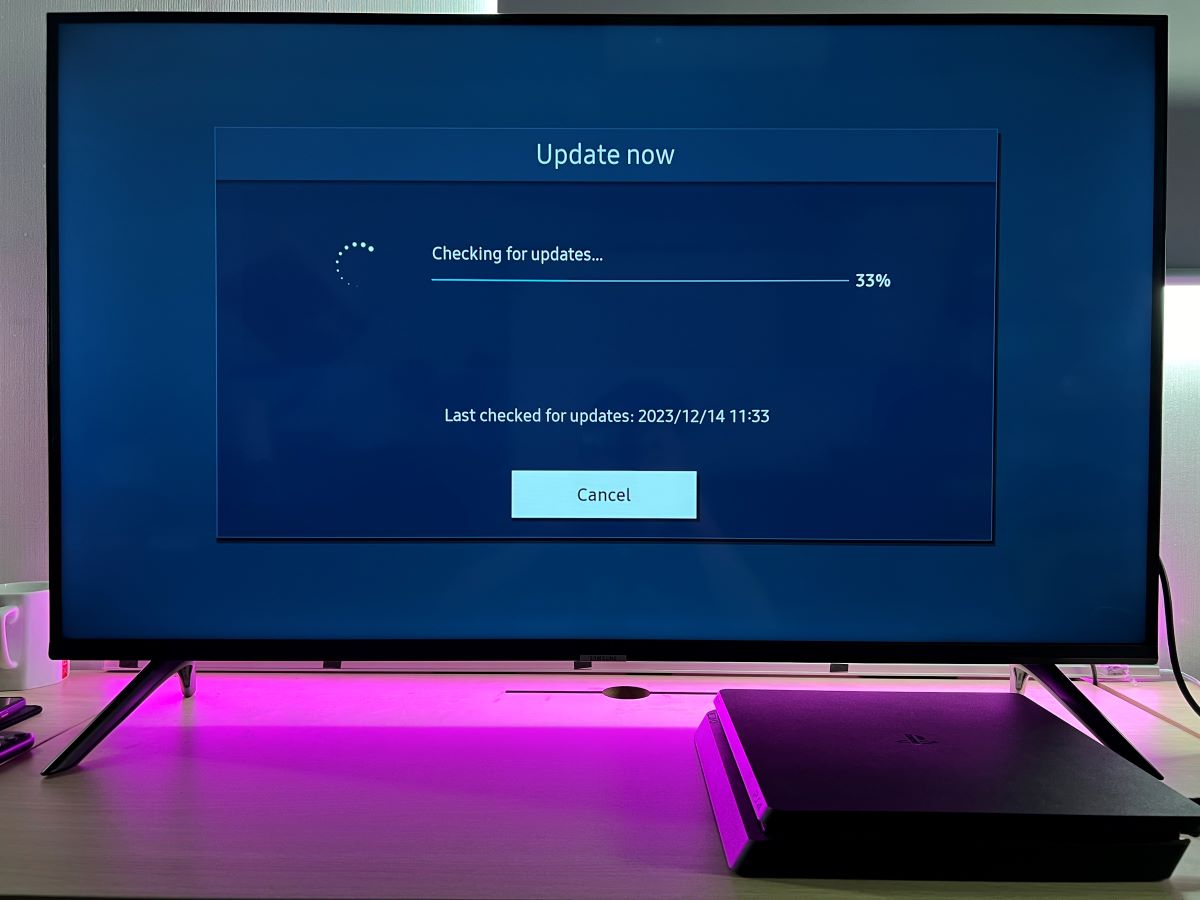
Note: If the Software Update option is grayed out, it might be due to a streaming application running in the background. To activate the update option, switch your TV’s input to the TV source or access ‘Samsung TV Plus‘ using your remote. This should allow the software update to proceed.
Tai “Ty” Luu, an Electronics Engineering graduate from Sheridan College, is a passionate technical editor with a deep love for technology and gaming. He constantly seeks new challenges to expand his expertise in the tech and gaming fields.

